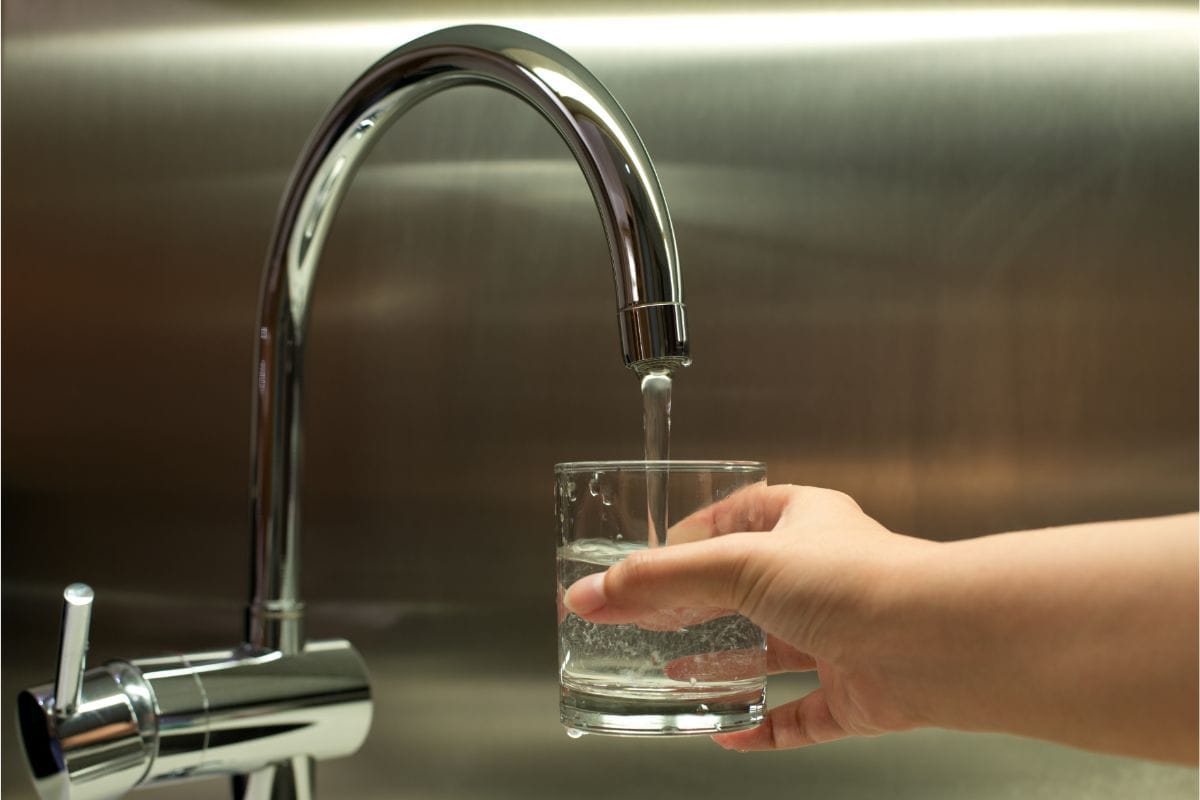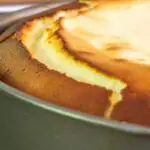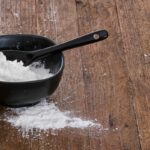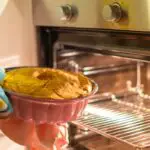If you regularly drink tap water, you may or may not be aware that the water coming out of your taps is treated with chlorine.
While the amount of chlorine used to treat tap water is just enough to kill harmful bacteria, and shouldn’t have any adverse effects, many people don’t like the idea of having such a harsh chemical in their drinking water in any quantity.
Additionally, for those with sensitive senses of smell and taste, chlorinated water can be unpleasant to drink.
In today’s article, we will be discussing whether boiling water really removes chlorine and other methods of removing chlorine from water.
Why Remove Chlorine From Water?
While many people are happy to drink water that has been treated with chlorine, there are a few reasons why you might want to consider removing chlorine from water before drinking it.
Taste And Smell
As we mentioned earlier, while a lot of people might not notice the smell or taste of chlorine in their drinking water, others do, and find it unpleasant.
Symptoms
Although tap water does not contain a lot of chlorine, research has shown that drinking a lot of water that has been treated with chlorine over time can result in unwanted symptoms and health risks, including:
Skin Conditions
If you’re washing your hands or bathing in chlorinated water a lot, you could develop skin irritation. This is more common in people with sensitive skin.
Respiratory Issues
Certain studies have linked the consumption of chlorine to respiratory conditions such as asthma and other conditions that cause breathing difficulties.
Some Cancers
Chlorine itself is not carcinogenic, but one of its byproducts (carcinogen BDA), which is formed when chlorine is added to water, has been linked to ill health.
Birth Defects
Research suggests that pregnant women should not drink chlorinated water because there is a risk of birth defects, from cleft palates to heart defects.
Does Boiling Water Remove Chlorine?
Luckily, boiling water is, indeed, an effective way to remove chlorine from your drinking water.
So, whether it’s skin conditions, respiratory issues, cancer, birth defects, or just the taste you want to avoid, all you need to do is boil your water and let it cool before drinking it.
The reason boiling chlorinated water works is that chlorine weighs less than air, meaning that when the water begins to boil, the chlorine will evaporate.
Note that boiling your water for 15 minutes will remove free chlorine (chlorine that is not bound to any other chemicals).
When it comes to chlorine that has been bound to other chemicals, such as ammonia, you’ll need to employ other methods to get rid of it.
Other Ways To Remove Chlorine From Tap Water

Activated Carbon Filter
Activated charcoal filters are highly effective when it comes to removing chlorine from water.
In fact, as much as 95% of chlorine will be removed from the water if you filter it through an activated carbon filter.
Activated carbon filters can be installed as part of water filter systems, but you can also get them for filter pitchers.
Reverse Osmosis Filtration
Reverse osmosis is another type of filtration you can use to remove chlorine from water.
It also involves activated carbon, which absorbs the chlorine, but additionally, it uses an RO membrane to filter out chlorine particles.
It not only removes chlorine, but also chloramine, and other harmful substances. Reverse osmosis is effective at killing bacteria.
Ultraviolet Light Exposure
When exposed to ultraviolet light, chlorine and chloramine will be separated from water.
Installing this kind of purification light can be expensive, but it may be worth it for you if your concerns about chlorination are serious.
Allow For Natural Evaporation
Admittedly, this is not the most convenient way to remove chlorine from your drinking water, but if you leave your water to sit overnight, or for 24 hours, the chlorine should naturally evaporate.
Distill The Water
Distillation is a specific method of boiling water. Instead of just boiling water in the kettle, distillation involves evaporating the water through a chamber, so that the impurities are contained.
This is more effective than simply boiling water the old-fashioned way.
Add A Neutralizing Chemical
This one is more difficult to do at home, and it’s typically done in the pharmaceutical industry, but you could potentially remove chlorine from tap water by adding a neutralizing additive.
We don’t recommend adding chemicals to your drinking water unless you are a professional, however.
How To Monitor Chlorine Levels
In order to know how much chlorine is in your tap water, you will need to have it tested. You can do this in one of two ways:
Lab Testing
Lab testing is probably the most accurate method of testing your tap water for chlorine, but it’s also the most expensive and can take a while to get the results from.
This method involves sending a sample of your tap water to a laboratory and waiting for them to send you the results.
Home Testing Kits
You can also purchase home testing kits for chlorine in tap water. As long as you purchase one from a reputable company, the results should be accurate.
You could also use a home device called a colorimeter, which uses beams of light to measure chlorine concentration.
Final Thoughts
Boiling tap water can and does remove any free chlorine in drinking water.
However, if you want to make your drinking water even purer, you should also be aiming to remove chloramine and chlorine that has bonded to other chemicals.
Therefore, you may want to consider other processes that effectively remove chlorine, such as distillation, filtration (active carbon and/or reverse osmosis), evaporation, and UV light exposure.
Neutralizing additives are also technically an option, but we do not recommend attempting this yourself at home since it could be dangerous.
You can measure the chlorine content of your tap water and check whether your chlorine removal methods are working using lab testing, home tests, or a colorimeter.










